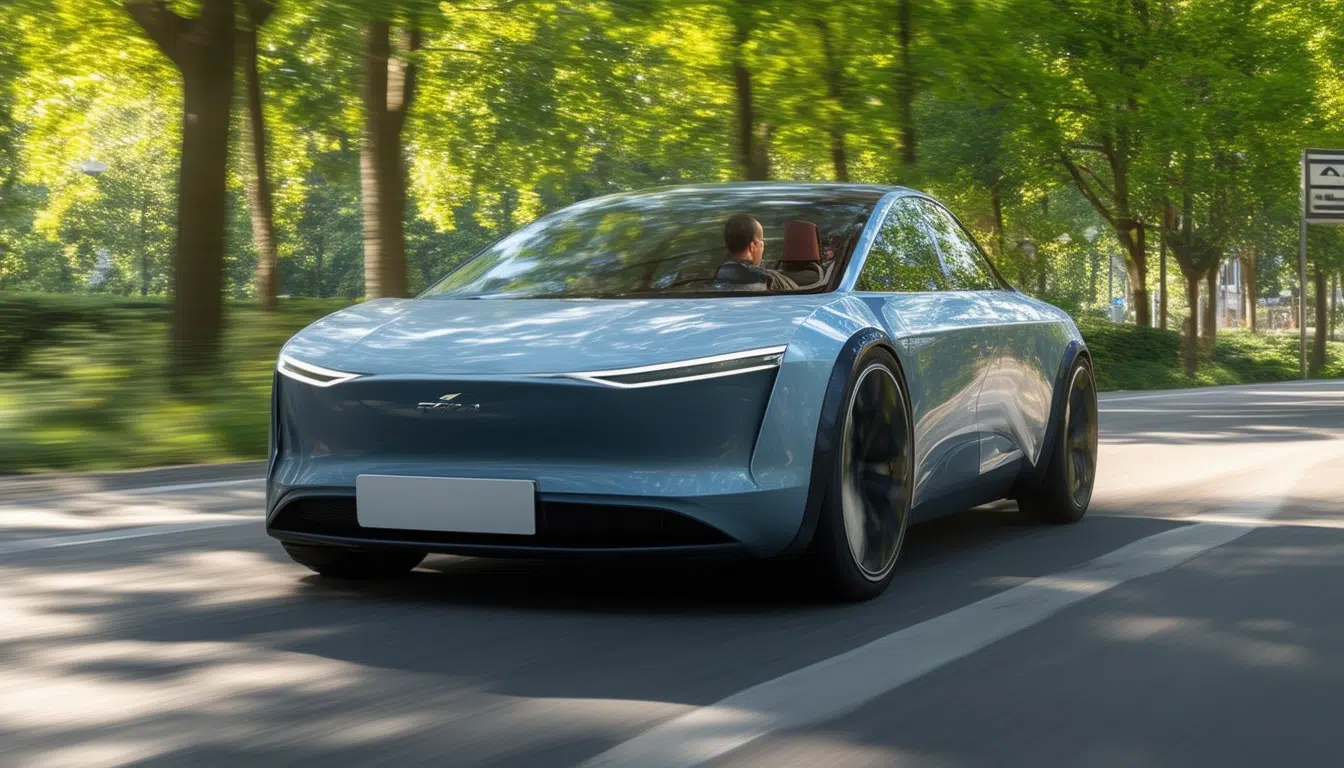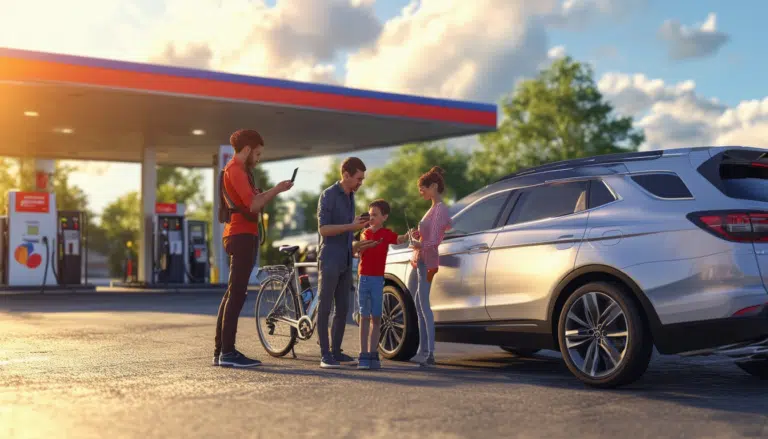Efficient driving practices to reduce fuel consumption

Efficient driving refers to a series of practices and techniques that aim to optimize fuel usage, thereby contributing to the reduction of fuel expenses and environmental protection. By adopting a more conscious approach behind the wheel, drivers can not only save money but also reduce the pollution generated by vehicles. In this context, it is essential to know and apply strategies that promote a more sustainable and efficient driving style, both in the city and on the highway.
Efficient driving has become an urgent necessity in a world where fuel consumption and sustainability are topics of increasing importance. This article explores various practices that not only help reduce fuel expenses but also contribute to a cleaner and healthier environment. Through adequate techniques, one can optimize vehicle performance and, at the same time, reduce harmful emissions to the environment.
Trip Planning
One of the most effective practices for efficient driving is proper trip planning. Before setting out, it is advisable to map out the shortest route and avoid congested areas, as this can save time and reduce fuel consumption. Using navigation apps that provide real-time traffic information can be very helpful. Additionally, avoiding unnecessary trips will also significantly contribute to fuel savings.
Speed Control
Maintaining a constant speed is essential for efficient driving. Abrupt changes in speed not only increase fuel consumption but can also affect safety on the road. Using cruise control on long stretches and adhering to the established speed limits are measures that contribute to saving gasoline. Moreover, driving at a moderate speed, generally between 90 and 110 km/h, can maximize fuel efficiency.
Tire Pressure
The proper tire pressure is often an underestimated aspect that has a direct impact on the vehicle’s fuel consumption. If the tires are underinflated, rolling resistance increases, leading to higher consumption. It is recommended to regularly check tire pressure and maintain it within the levels suggested by the manufacturer. This not only improves fuel efficiency but also enhances safety and prolongs tire life.
Proper Gear Shifting
Using gear shifting efficiently can significantly impact fuel consumption. Driving in high gear at low revolutions reduces engine effort and optimizes consumption. On the other hand, shifting to a lower gear during sudden acceleration is not recommended as it increases fuel consumption. However, it is also important not to rev the engine excessively, which can result in unnecessary expenses.
Taking Advantage of Inertia
Taking advantage of the vehicle’s inertia while driving can result in considerable fuel savings. Instead of pressing the accelerator, one can lift their foot and allow the car to brake naturally. This technique is especially useful on declines and when approaching traffic lights or intersections. Additionally, avoiding sudden braking and accelerating gently contributes to more efficient and safe driving.
Regular Vehicle Maintenance
Regular maintenance is crucial to ensure that the vehicle operates optimally. Periodic checks, such as oil changes, filter cleaning, and spark plug inspections, help keep the engine in good condition and improve fuel efficiency. Furthermore, paying attention to the components of the exhaust system and ensuring there are no leaks can have a positive impact on fuel consumption.
Use of Air Conditioning
The air conditioning can be a major energy consumer in a vehicle. Whenever possible, it is advisable to use natural ventilation instead of air conditioning, especially at low speeds. If air conditioning needs to be used, setting the temperature at a moderate level can help reduce its energy consumption and, therefore, the fuel expenses.
Choosing the Right Fuel
Finally, choosing the right fuel can influence the vehicle’s performance. Using the type of fuel recommended by the manufacturer is essential, as engines are designed to operate more efficiently with certain standards. Additionally, staying informed about different fuel options, including more eco-friendly alternatives such as hybrids, can be a great advantage.
Adopting these efficient driving practices will not only help reduce fuel expenses but also contribute to a cleaner and more sustainable environment. To learn more about emerging technologies and effective strategies, you can visit links like this resource.
Efficient driving is an essential practice for all drivers looking to minimize their fuel consumption while reducing the environmental impact of their activities. Adopting suitable techniques not only benefits the wallet but also contributes to a cleaner environment. Among the most effective strategies is trip planning, which allows for anticipating routes and avoiding situations that unnecessarily increase consumption.
Another key aspect of economic driving is attention to tire pressure. Properly inflated tires not only optimize vehicle performance but also enhance safety when driving. Combining this with smooth driving, avoiding sudden accelerations and harsh braking, can lead to significant savings in fuel expenses.
Additionally, it is advisable to use the proper gears, keeping the engine within a revolutions range that maximizes fuel performance. This, along with the use of cruise control on highways, helps maintain a constant speed that favors savings. It is also important to resist the temptation to overuse air conditioning, as it can notably influence consumption.
In conclusion, implementing these efficient driving practices not only provides short-term economic advantages but also helps foster awareness about the responsible use of resources. Investing time in learning and applying these techniques is fundamental for any driver. In the end, every small action counts and can make a big difference in our carbon footprint.




